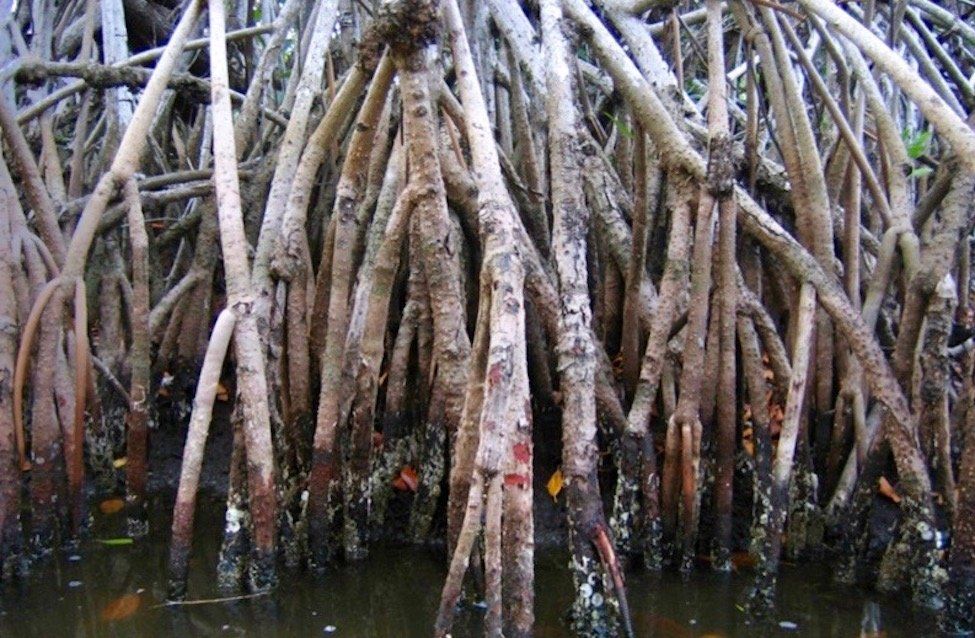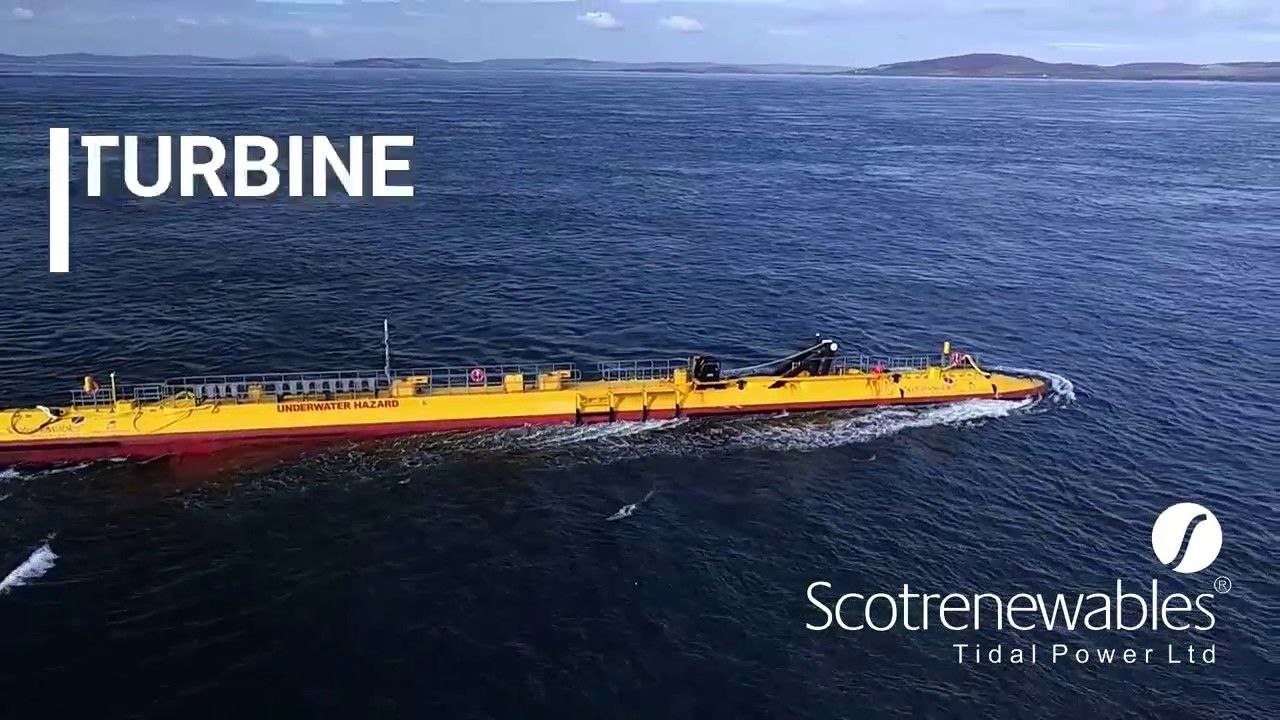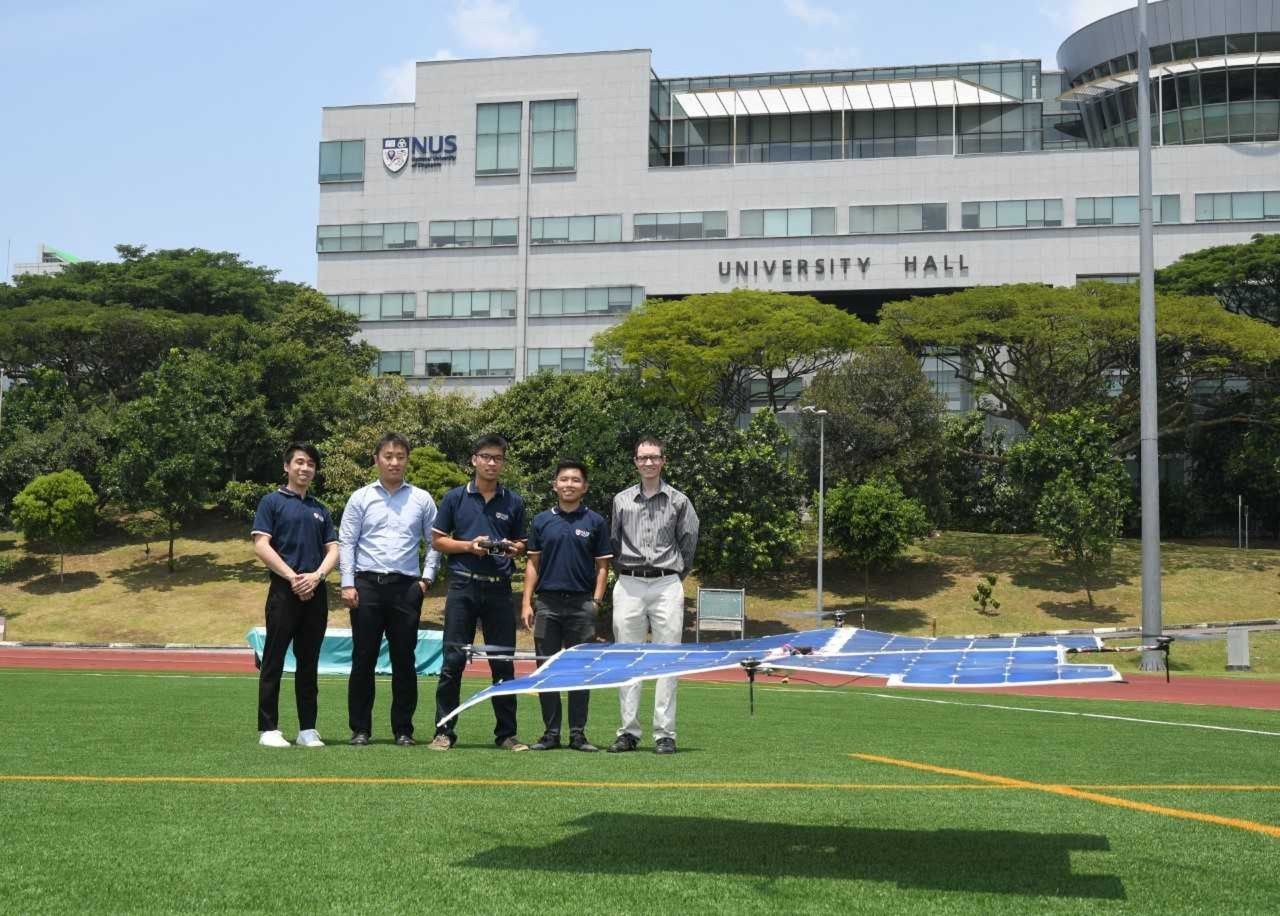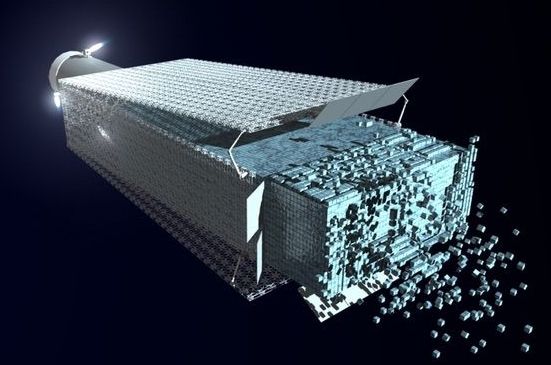We have a vacancy for a senior/principal mechanical engineer capable of providing specialist consultancy/mechanical design analysis, research and development support to clients in both space and terrestrial markets.
The role involves leadership of all aspects of multiple mechanism and tribology projects from identification of opportunities and where necessary funding sources, through preparation of winning proposals to execution of the work in-line with cost, schedule and quality requirements.
Working mainly with bespoke, precision mechanical systems, the main purpose of the role is to provide specialist engineering consultancy and research/development support to external clients involved in space and vacuum mechanism development. In addition, the job-holder will be expected to provide conceptual/architectural design and development leadership for in-house devices, new products and test facility developments.









